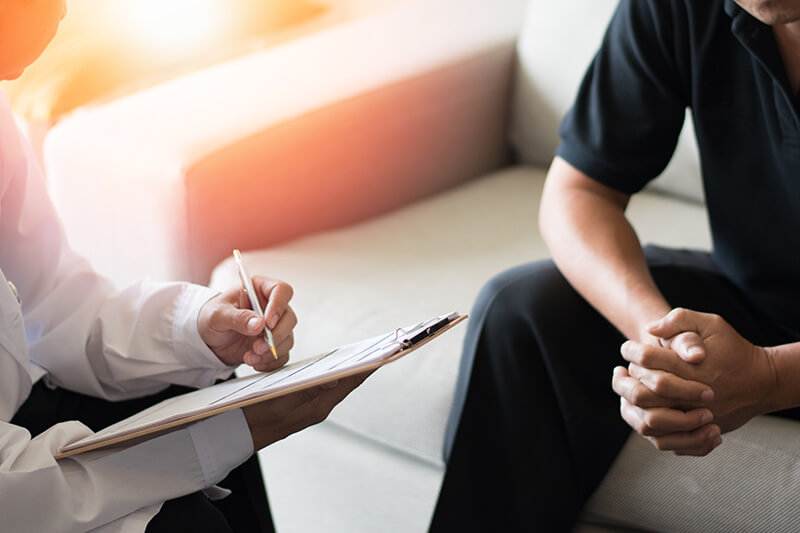You’re not alone. Approximately 83% of CPAP patients quit or are inconsistent in their therapy.
When a patient cannot tolerate CPAP, they neglect to use it. This non-compliance is referred to as CPAP intolerance or CPAP failure.
CPAP failure is often caused by issues outside of your control:





